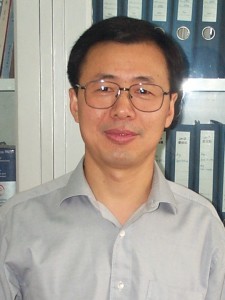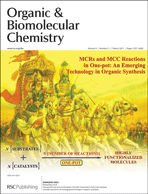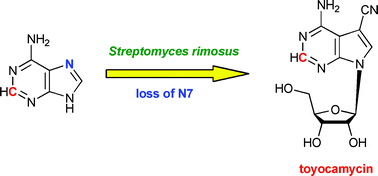Drug design and discovery in a research lab is already a very challenging task. It involves knowledge, intensive research, resources, a bit of luck and a lot of time. However, eureka moments do happen and when they happen it feels great.
However, the story does not finish there. One thing is the synthesis of a new drug in a lab (mg scale) but being able to scale that up to the multigram (or kilogram if you are lucky) scale in a non-expensive and safe manner that can be implemented in industry, well… THAT is the biggest challenge!
In this paper, Xiaohu Deng and colleagues at Johnson & Johnson Pharmaceutical Research and Development in San Diego, describe the ‘ideal synthesis’ of a CCK1/CCK2 dual receptor antagonist on a multi-gram scale, without protecting groups and in an environmentally friendly way.
This is an example of how academic research is translated into industrial applications.
Both the referees and the editorial office found this paper very interesting and selected it as a HOT article, which means it is free to access for 4 weeks! Download it now.
Protecting-group-free synthesis of a dual CCK1/CCK2 receptor antagonist
Jing Liu, Xiaohu Deng, Anne E. Fitzgerald, Zachary S. Sales, Hariharan Venkatesan and Neelakandha S. Mani
Org. Biomol. Chem., 2011, Advance Article
DOI: 10.1039/C0OB01004A, Paper











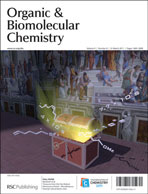
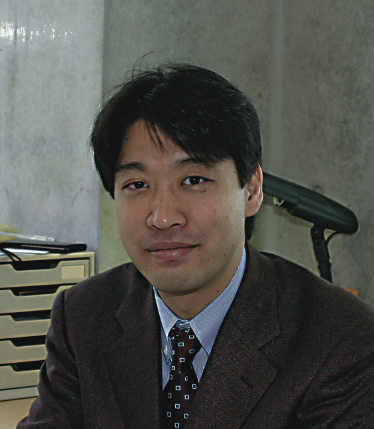 Ken Itami studied chemistry at Kyoto University and received his PhD in 1998 under the guidance of Prof Yoshihiko Ito. He also had the pleasure to work as a predoctoral researcher in the group of Prof Jan-E Backvall at Uppsala University, Sweden. He began his academic career at Kyoto University as an Assistant Professor (with Prof Jun-ichi Yoshida) and then he moved to Nagoya University to become an Associate Professor (with Prof Ryobi Noyori). In 2008 he was promoted to full professor.
Ken Itami studied chemistry at Kyoto University and received his PhD in 1998 under the guidance of Prof Yoshihiko Ito. He also had the pleasure to work as a predoctoral researcher in the group of Prof Jan-E Backvall at Uppsala University, Sweden. He began his academic career at Kyoto University as an Assistant Professor (with Prof Jun-ichi Yoshida) and then he moved to Nagoya University to become an Associate Professor (with Prof Ryobi Noyori). In 2008 he was promoted to full professor.